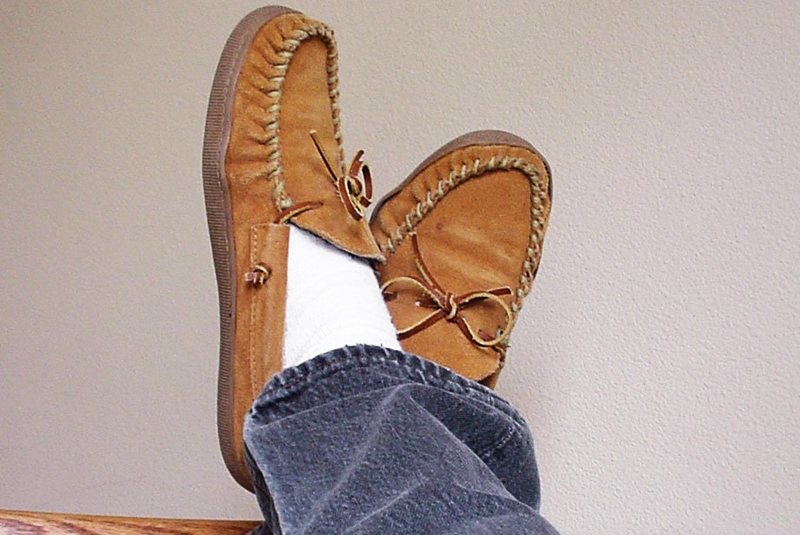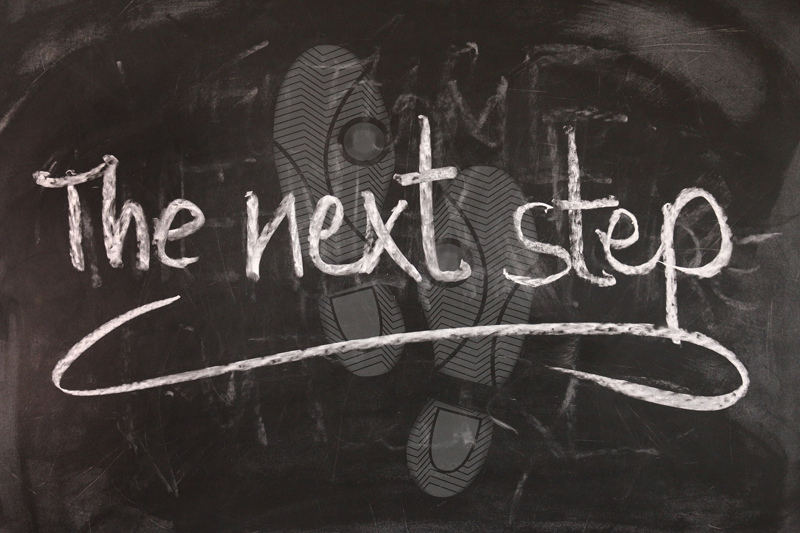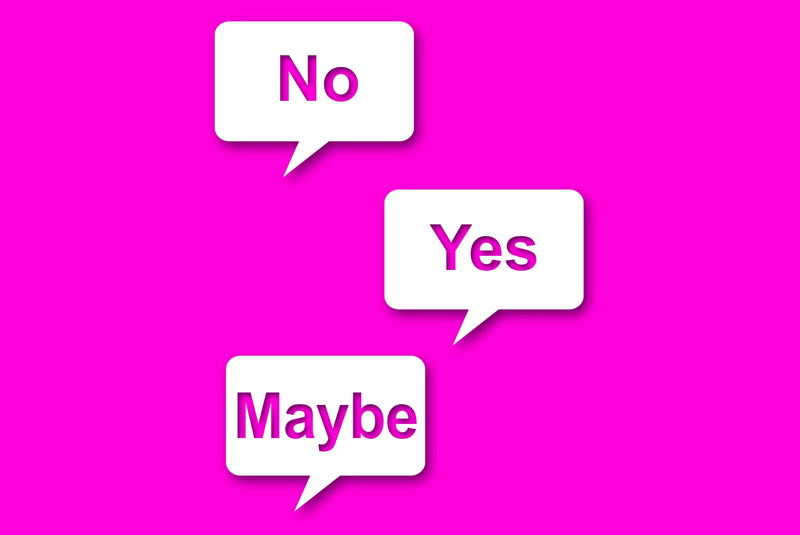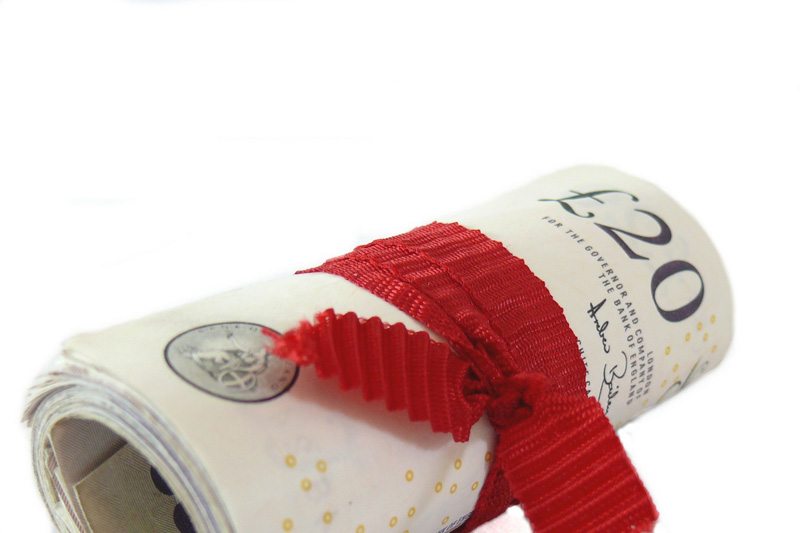
According to Oliver Wendell Holmes, “old age is 15 years older than I am”. He lived to the ripe old age of 85 which, in the context of the 19th century, was considerably riper than it is now.
There’s no doubt that the bounds of middle age, particularly, have shifted over time. 21 is no longer the key to the door and life almost certainly doesn’t begin at 40. Indeed, ask pretty much any 40-year old if they’ve reached middle age and they’ll answer firmly in the negative. As the average age of the population has risen, the mentality of that population has changed too.
No doubt every generation believes itself to be more open-minded and tolerant than previous one, as well as more courteous and well-mannered than the next, but it’s telling that basic human interaction seems to be the preserve of older people. That’s IRL human interaction, of course, not communication via the more impersonal channels.
Where this trend is comprehensively bucked is in the lives of those who work in other people’s homes. Granted, you don’t need to stand around chatting to your customers for ages (and there’s definitely a point at which your hourly rate might be called into question if you do) but social skills are still an integral part of what you do. A little charm goes a long way when it’s coupled with the ability to do a professional job. And with more and more of those customers being seasoned exponents of the art of being alive, the expectation of a spot of conversation will increase.
In many ways, ours is a thoroughly modern industry at the forefront of technology. Underpinning it all, though, is a tradition that dates back hundreds of years. The local butcher, baker and candlestick maker may have all but disappeared but the local plumber is still thriving. The opportunity to handle anything from quotations to payments electronically is a godsend but when it comes to ensuring you stand out from the crowd, there’s no substitute for the human touch.













